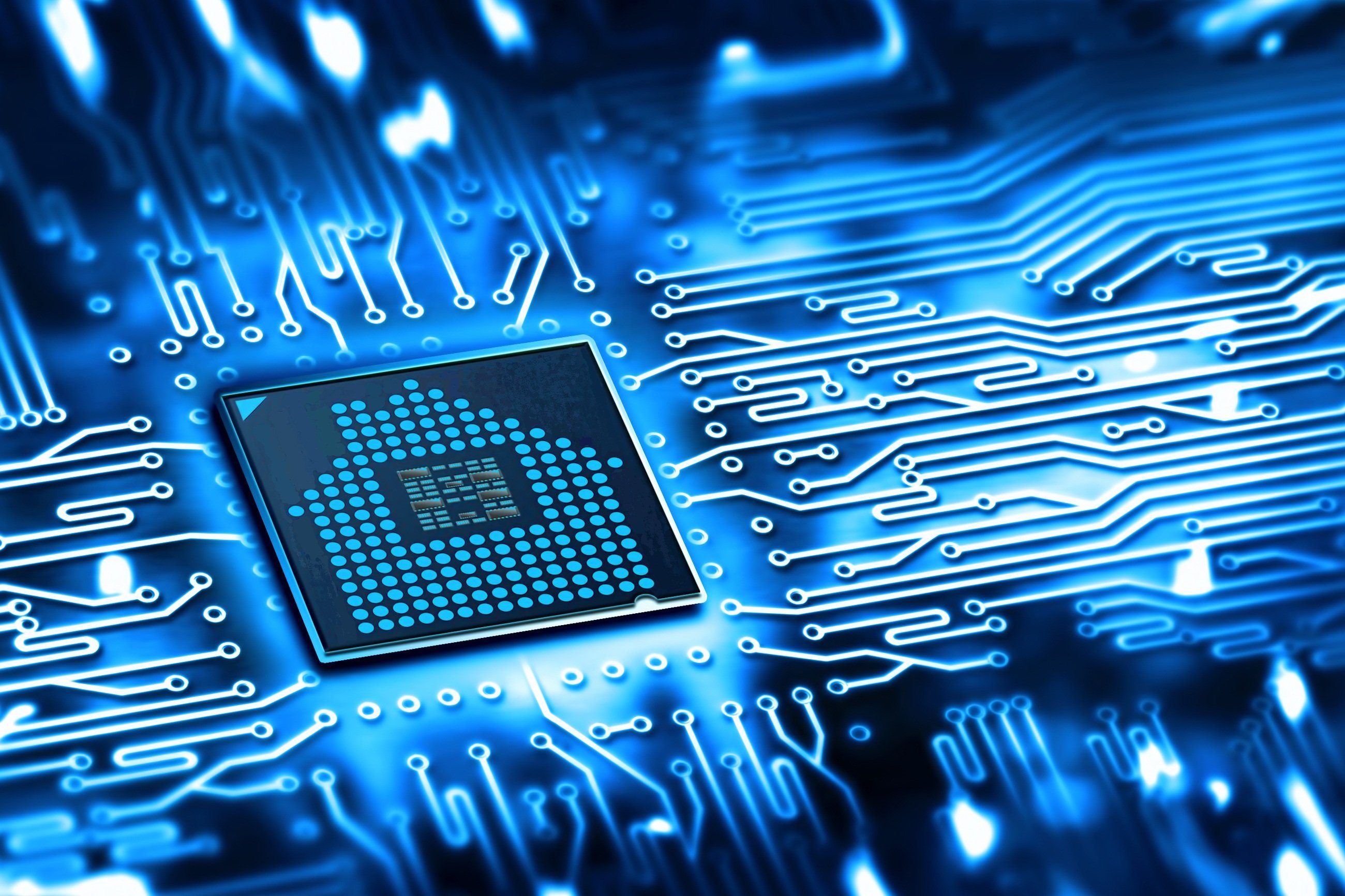
Welcome to the fascinating world of electronic components – the building blocks of modern technology. These tiny yet powerful devices play a crucial role in shaping the function and performance of electronic circuits. From resistors and capacitors to transistors and integrated circuits, electronic components come in a variety of shapes and sizes, each serving a specific purpose in the intricate network of electrical systems that surround us.
IGBT Module
For beginners eager to delve into the realm of electronics, understanding the fundamental characteristics and functions of electronic components is the first step towards unlocking endless possibilities. Whether you are curious about how a simple LED light turns on or intrigued by the inner workings of a complex microprocessor, exploring the world of electronic components is a rewarding journey that offers insight into the heart of modern technology.
Types of Electronic Components
Within the realm of electronic components, there exists a diverse range of elements that play essential roles in various electronic devices. These include resistors, which regulate the flow of electricity within a circuit, capacitors, capable of storing and releasing electrical energy, and transistors, fundamental for amplifying and switching electronic signals.
Another crucial type of electronic component is the diode, which allows current to flow in only one direction, preventing it from flowing in the opposite direction. Additionally, integrated circuits (ICs) are vital components that combine multiple electronic functions into a single chip, resulting in more efficient and compact electronic systems.
Inductors represent yet another category of electronic components, essential for storing energy in magnetic fields. They are commonly used in applications such as transformers and filters, where the manipulation of magnetic fields is crucial for the operation of the device.
Understanding Component Functions
When it comes to electronic components, each one plays a crucial role in the functioning of a circuit. Resistors are essential for limiting current flow, ensuring that the voltage in a circuit remains at the desired level. Capacitors store and release electrical energy, providing temporary power reserves when needed. Inductors, on the other hand, are key in managing changes in current flow, resisting rapid variations to stabilize the circuit.
Transistors are versatile components that can amplify or switch electronic signals. They act as electronic switches, controlling the flow of current based on input signals. Integrated circuits (ICs) are complex components that pack multiple electronic functions into a small package, making them the building blocks of modern electronic devices. Diodes are simple components that allow current to flow in one direction only, crucial for regulating power supplies and protecting circuits from reverse current flow.
Basic Tips for Working with Electronic Components
Before diving into electronic projects, it’s essential to acquire a basic understanding of the various components involved. Start by familiarizing yourself with common components like resistors, capacitors, and LEDs. Understanding the function and purpose of each component will help you troubleshoot issues and design circuits more effectively.
When handling electronic components, it’s crucial to practice good static electricity protection measures. Static electricity can easily damage sensitive components, so make sure to ground yourself before touching any components. Additionally, consider using an anti-static mat or wrist strap to further minimize the risk of static discharge.
As you start assembling circuits, take your time and double-check component placements and orientations. A simple mistake, such as inserting a component backward, can lead to circuit failure or damage. It’s also recommended to have a basic set of tools on hand, including a multimeter for testing components and circuit connections.
